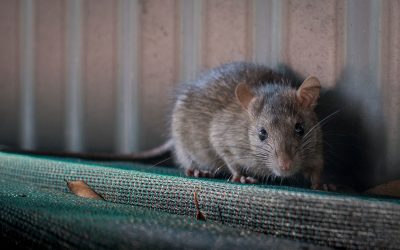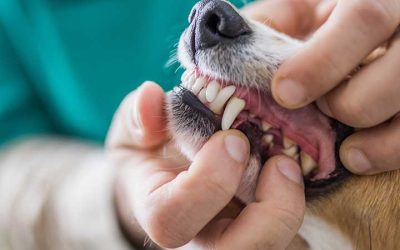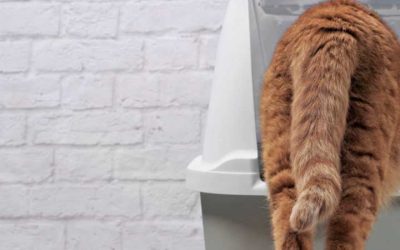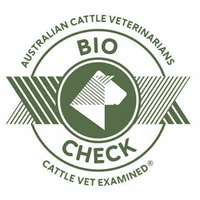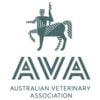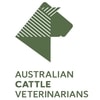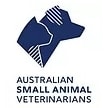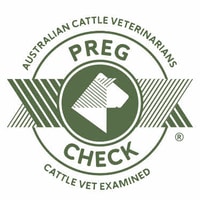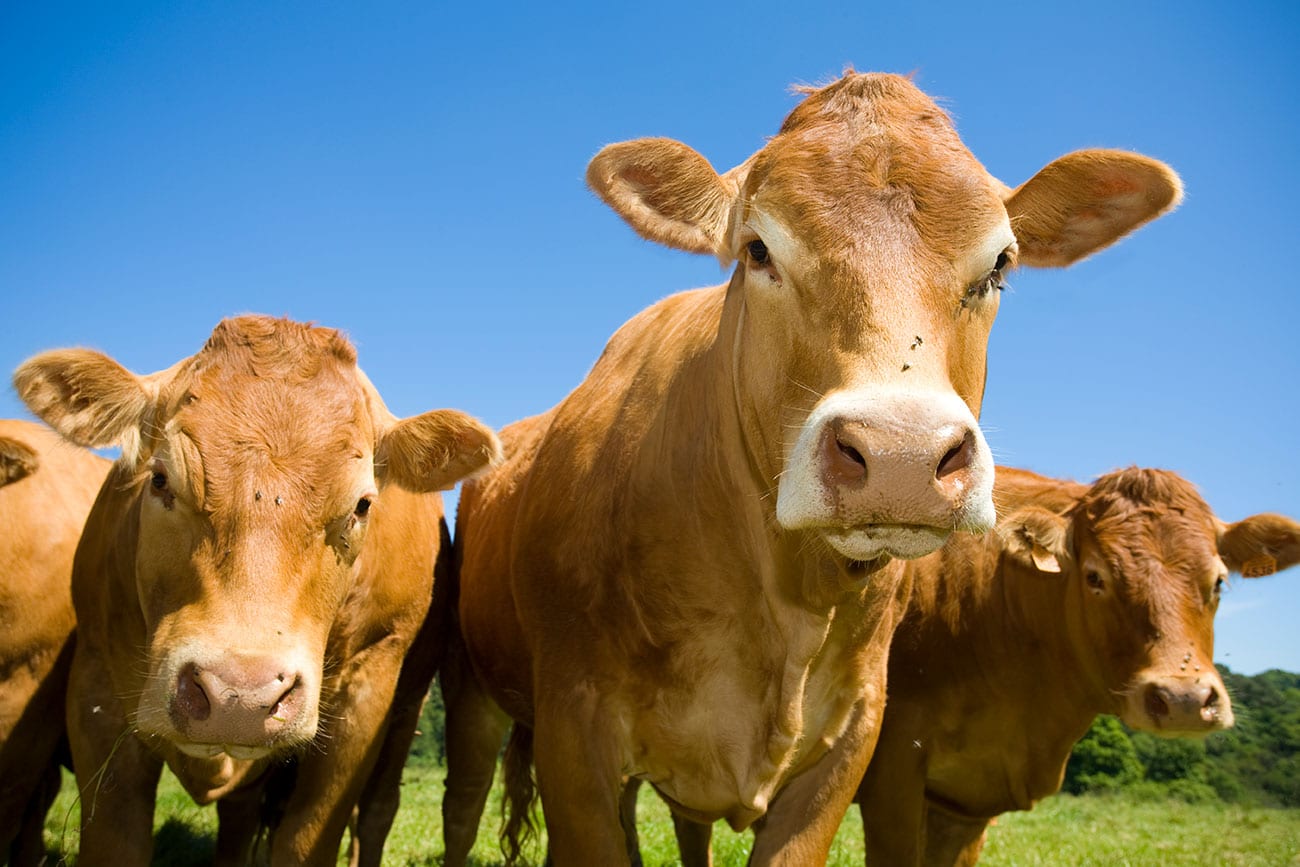
The most common reason for calf losses in the cattle industry are calving difficulties, known as dystocia. In order to recognise dystocia promptly, an understanding of the normal calving process is necessary.
The more difficult the calving; the greater the risk of infectious disease, the greater the incidence of infertility losses in the dam and the lower the absorption of colostrum.
Calving is a complex process with many mechanisms affecting it. There are three stages of parturition.
Stage 1 of parturition = 6-12 hours
The heifer/cow will usually seek an isolated area. Vaginal discharges increase and the cervical mucous plug is passed.
The cow becomes uneasy and shows signs of pain. Uterine contractions begin, they occur every 15 minutes at first and they then increase to every few minutes by the end of stage 1.
Stage 2 of parturition = 4 hours
The calf enters the birth canal. The first water bag ruptures (the chorioallantois), followed by the second (the amnion). Strong uterine and abdominal contractions occur and the calf is expelled. The pain of the uterine contractions at this point usually force most cows to lie down.
Stage 3 = 6-12 hours
The foetal membranes are expelled and the uterus begins to involute.
When to intervene?
- Stage 1 – If you suspect the cow has been in stage 1 for over 12 hours.
- Stage 2 – If a water sac is visible for 2 hours and the cow is not trying.
- If the cow has been trying for 30 minutes and has made no progress.
- If the cow or calf is showing signs of excessive fatigue and stress, such as a swollen tongue of the calf or severe bleeding from the rectum of the cow.
- If the calf is presented abnormally. Normal presentation consists of the extended front legs and the head exiting first, some calves come out back legs first however they often require assistance.
- Stage 3 – If the cow has not passed the foetal membranes within 5 days of calving treatment may be necessary. If membranes persist, please ring our friendly vets to discuss further treatment options.
When to call for help?
Calving jacks and pulley gear is often essential in managing difficult calvings, however they can be dangerous if misused.
Your experience and judgement will decide if you are able to intervene yourself or if you will require professional assistance.
These few suggested guidelines are provided to refer to – they are recommendations of when to seek help:
- If the problem that is causing the dystocia can not be ascertained.
- If the problem is identified but you are unable to correct it.
- If you have tried to correct the problem but have made no progress in 30 minutes.
- Further delay will put the calf in jeopardy.
Make sure you have the cow in the yards before calling the vet surgery for assistance.
RELATED ARTICLES
Rat Bait Toxicity
Take care when choosing rodenticides this winter as it could mean the difference between life or death of your pet. Not all baits are equal in their toxicity and you should always refer to the ingredients listed on the product. There are three key types of Rat Bait:...
Discount desexing
This Winter we are offering our annual 20% off de-sexing’s for both dogs & cats from 1st June to 31st July. If it's something you have been putting off then wait no longer! ADVANTAGES OF DESEXING Reduction in vet bills by reducing the following health conditions;...
The Importance of Dental Care for Your Pet
Did you know that 80% of dogs and 70% of cats over three years of age have some form of dental disease? Dental disease can not only be painful and uncomfortable for pets, but the procedure to clean and remove teeth becomes more complicated and often more costly to...
Urinary Blockages in Cats
What is a urinary blockage? Urinary blockages in cats are often referred to as ‘blocked bladders’ and ‘urethral obstructions’. This is a common, potentially life-threatening condition, especially amongst neutered male adult cats and overweight cats. A urinary...
RELATED
ARTICLES
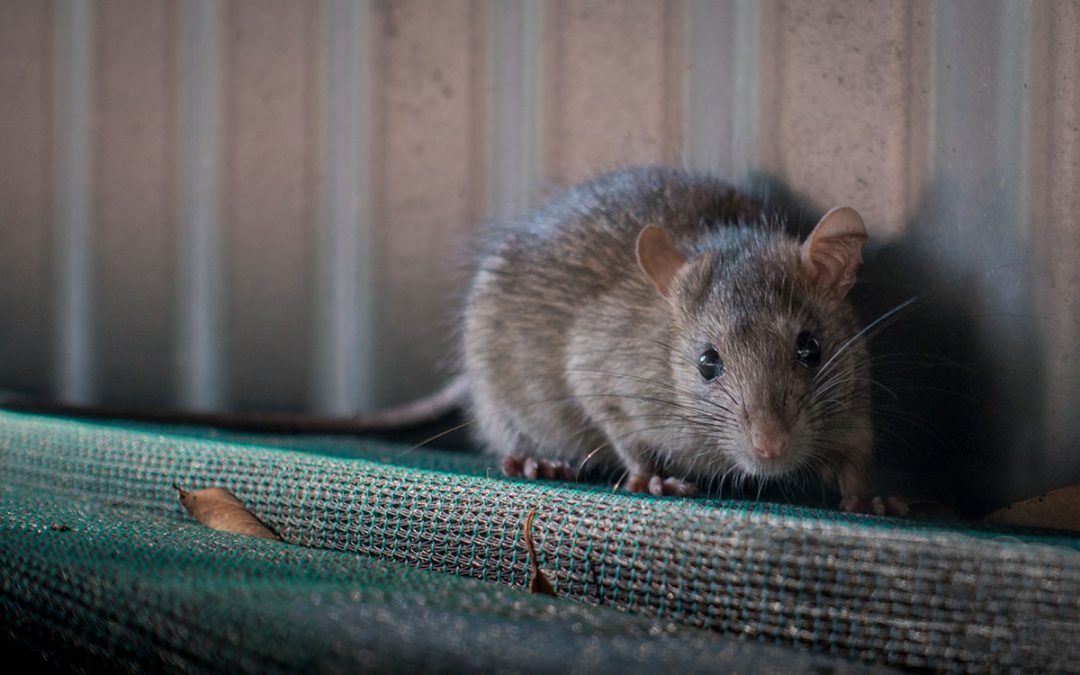
Rat Bait Toxicity
Take care when choosing rodenticides this winter as it could mean the difference between life or death of your pet. Not all baits are equal in their toxicity and you should always refer to the ingredients listed on the product. There are three key types of Rat Bait:...

Discount desexing
This Winter we are offering our annual 20% off de-sexing’s for both dogs & cats from 1st June to 31st July. If it's something you have been putting off then wait no longer! ADVANTAGES OF DESEXING Reduction in vet bills by reducing the following health conditions;...
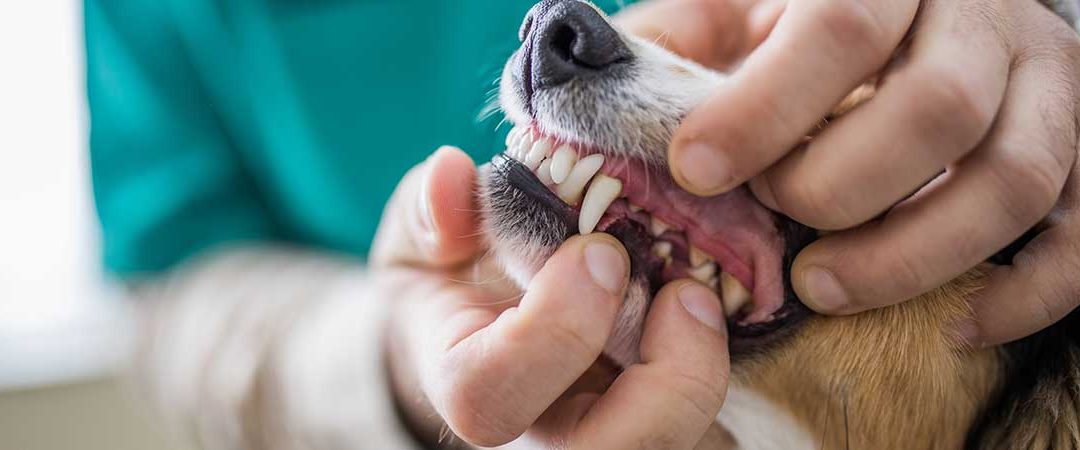
The Importance of Dental Care for Your Pet
Did you know that 80% of dogs and 70% of cats over three years of age have some form of dental disease? Dental disease can not only be painful and uncomfortable for pets, but the procedure to clean and remove teeth becomes more complicated and often more costly to...
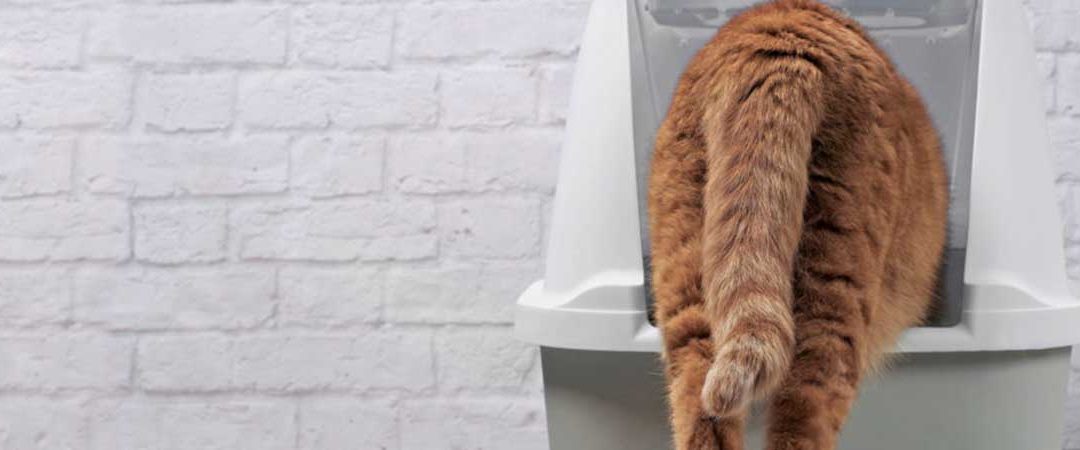
Urinary Blockages in Cats
What is a urinary blockage? Urinary blockages in cats are often referred to as ‘blocked bladders’ and ‘urethral obstructions’. This is a common, potentially life-threatening condition, especially amongst neutered male adult cats and overweight cats. A urinary...
Call Us Today To Discuss Your Animal Needs
Business Hours Phone: 07 4693 2233




